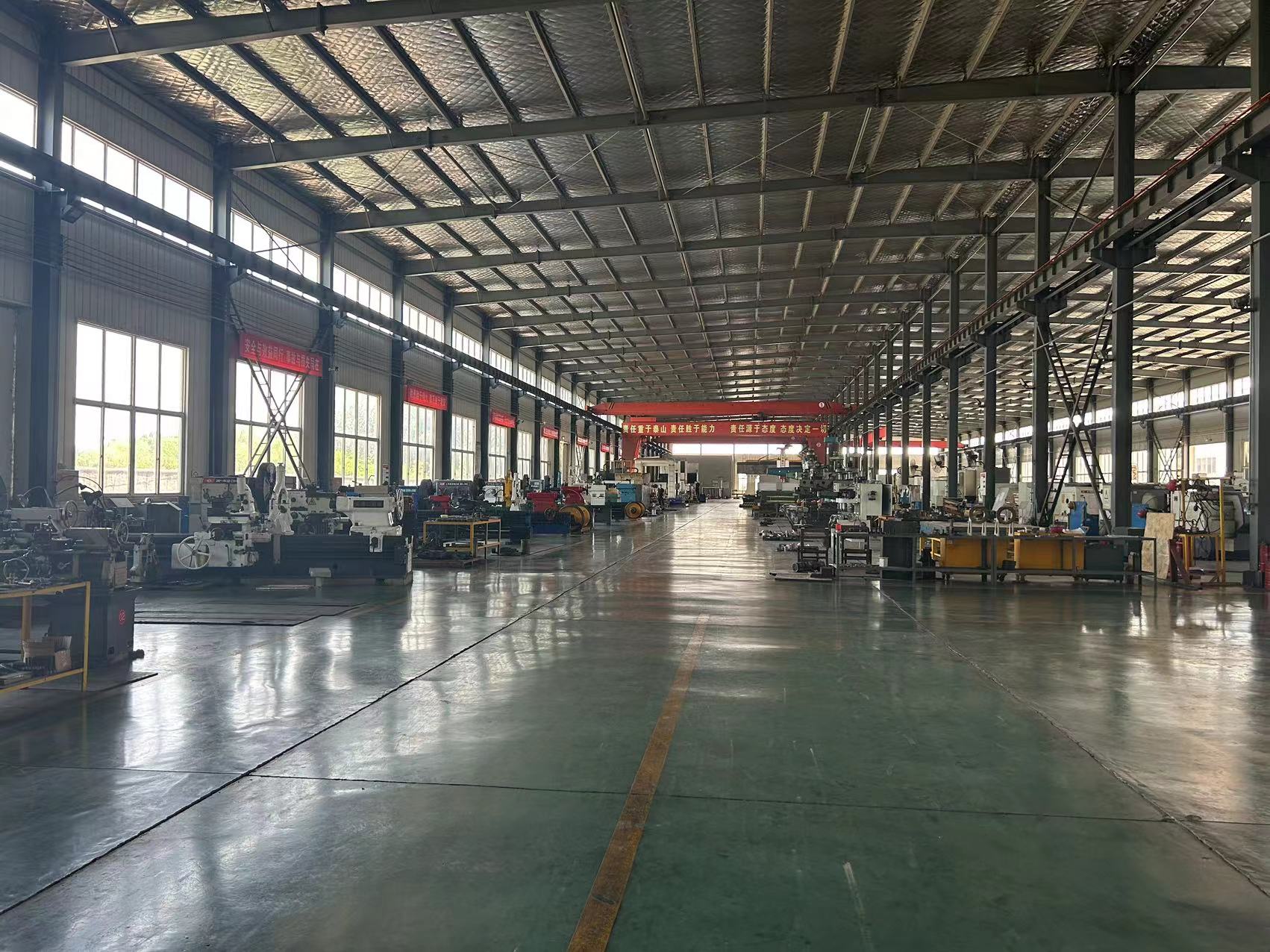Thread milling is a machining process that involves using a specialized cutting tool called a thread mill to create internal or external threads in a workpiece. It involves cutting threads, whether they are internal threads within a hole or external threads encircling a workpiece, through the controlled circular movement of a rotating tool. The key feature of thread milling is the production of thread pitch through the lateral movement of one revolution. In general, thread milling cutters can produce threads with a minimum diameter of about ⅛” (3.175 mm) and depths of roughly three diameters.
For internal threads, thread milling diverges from tapping. Instead of a rotating tool, it employs a CNC (computer numerical control) machine to guide the tool in a spiral or “corkscrew” pattern. This precision, enabled by computer-controlled machinery, empowers thread milling cutters to generate a wide range of thread types and sizes tailored to specific requirements.
What Does Thread Mill Look Like?
A thread mill bears a resemblance to an end mill but features a thread profile on its side. A thread mill features a shank for secure mounting in tool holders, multiple teeth for cutting threads, a tailored thread profile, an end mill design for precise sizing, and optional coatings to enhance performance. Thread mills come in various sizes and lengths. Their appearance varies based on factors like size and design.
How Does Thread Milling Work?
Thread milling works by an operator inserting the thread milling cutter into the hole along the spindle axis until the desired full thread depth is achieved. Subsequently, the controller guides the thread cutter to the entry position, initiating the cutting of threads on the hole’s sidewalls. Afterward, it moves in a 360° circular path and returns to its initial position.
As the threading tool follows this circular trajectory, it must incline towards the upper edge of the hole or travel one increment along the machine’s Z-axis to form the thread effectively. Typically, the extent of the threading’s depth remains within a range of one and a half times the diameter of the hole to minimize deflection and ensure precise results.
How Is Thread Milling Used in Manufacturing?
Thread milling plays a crucial role in manufacturing as a versatile and precise machining process. It is extensively utilized across various industries for creating threads on a wide range of materials and components. One of its primary applications is in the production of precision components. It excels at generating high-precision threads, ensuring tight tolerances and accurate profiles. Thread milling offers versatility in thread types, capable of producing internal and external threads, right-hand and left-hand threads, and various thread profiles to meet diverse manufacturing needs. It is particularly suitable for machining large threaded holes, eliminating the need for costly rigid taps. Custom thread designs are achievable, making it advantageous for unique or proprietary thread requirements. Thread milling is versatile enough to work with materials spanning metals like: aluminum, stainless steel, titanium, and high-temperature alloys, as well as non-metallic materials like plastics and composites.
What Are the Advantages of Thread Milling?
The advantages of thread milling are as follows:
- Offers precise control over the fit. By milling a threaded hole at high RPM and helixing it into a pre-milled hole, the operator can adjust thread size using a strategy akin to using an end mill, enabling tight tolerance control and allowances for finishing processes, such as painting.
- Allows for the use of a single tool to create a broad spectrum of hole sizes.
- Produces both interior and exterior threads, accommodating right-hand and left-hand threads.
- Proficient at machining very large threaded holes, such as pipe threads, negating the requirement for large, expensive rigid taps.
- Can design custom threads without the need to invest in costly and time-consuming custom taps.
What Are the Disadvantages of Thread Milling?
The disadvantages of thread milling are as follows:
- The necessity for a high-speed spindle to execute the process effectively. Achieving the desired results relies on equipment equipped with high-speed spindles rotating at up to 60,000 RPM..
- May have limited availability for extremely tiny threads, such as those found in wristwatches and certain medical devices.




